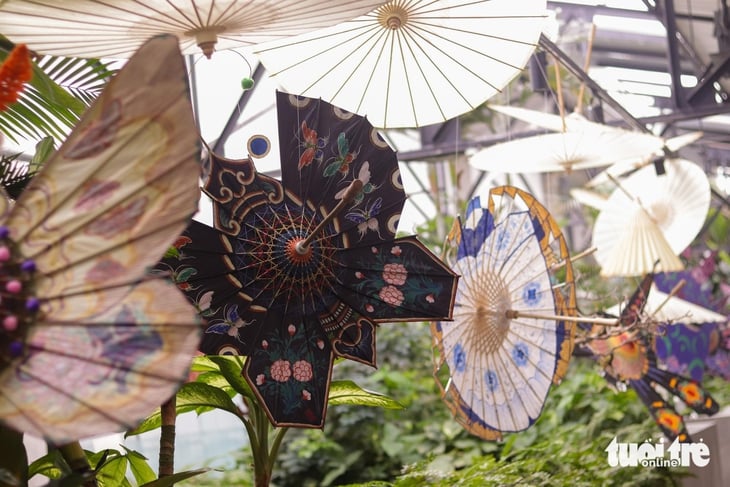
Various butterfly parasols at the exhibition - Photo: TRUC NHI
Butterfly parasol is a traditional Vietnamese handicraft product from around the 19th century, mainly used for interior decoration or sun protection.
The myriad forms are not only an attempt to revive the three artists' legacy, but also reflect each individual's personality through the myriad of different butterfly parasol shapes.
Breathing contemporary life into butterfly parasols
Three young artists, three different creative directions, but met in their love for the Annamese butterfly parasol.

From left to right: Artists Nghieu Thien, Khoa Phung, Lam Oi introduce butterfly parasols
For Lam Oi, butterfly parasols are a space for traditional patterns to be revived in a new form. From the Hang Trong paintings, the phoenix motifs of the Nguyen Dynasty to the blue glaze of Chu Dau ceramics, all become a source of inspiration for him to create brilliant, colorful and soft parasols.
Nghieu Thien chose a different direction, taking the butterfly parasol out of the world of insects and into the depths of the water. He found beauty in aquatic creatures like goldfish and crabs, along with the patterns of water waves.
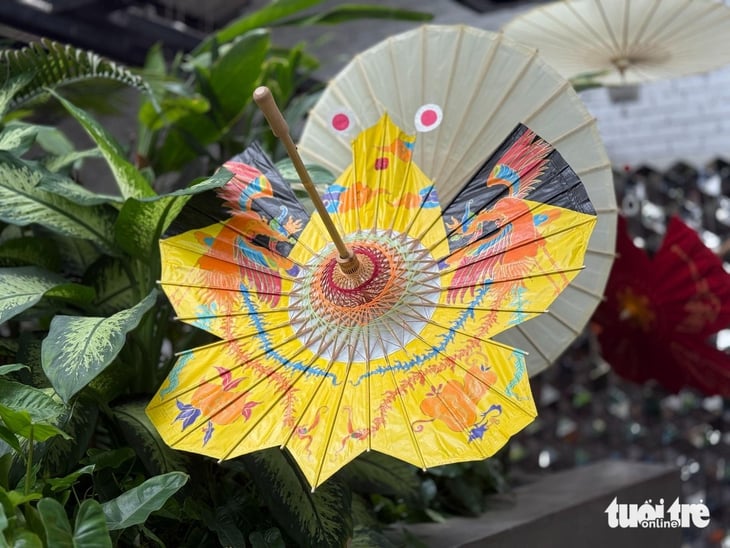
Lam Oi's butterfly parasol is inspired by the phoenix motif of the Nguyen Dynasty, combining peaches and gourds, symbolizing virtue, rebirth, prosperity and longevity - Photo: TU THANH
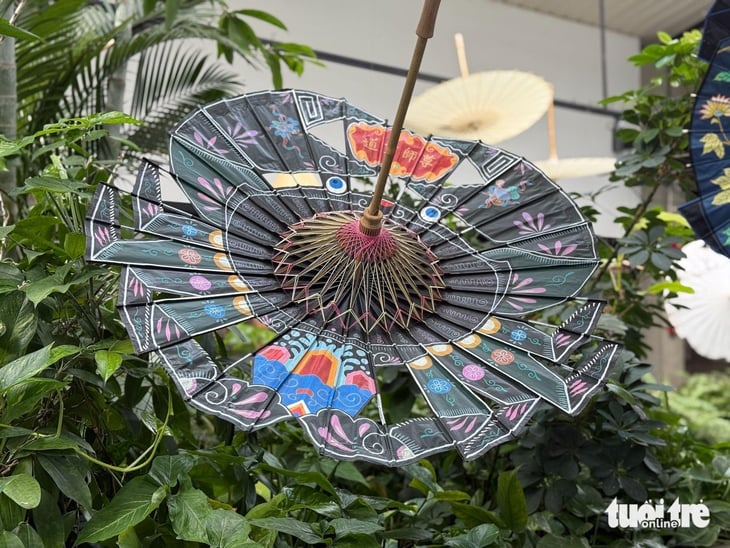
Nghieu Thien's parasol with the image of a crab hugging a design symbolizes wishes for success - Photo: TU THANH
Meanwhile, Khoa Phung did not stop at changing the shape of the butterfly parasol, but also diligently experimented with many types of materials.
He also boldly incorporated pop culture elements like Pokémon into the butterfly parasol. He believes that for the butterfly parasol to be accepted, it needs to make young people feel close to it, and thus want to learn more about the cultural meaning behind it.
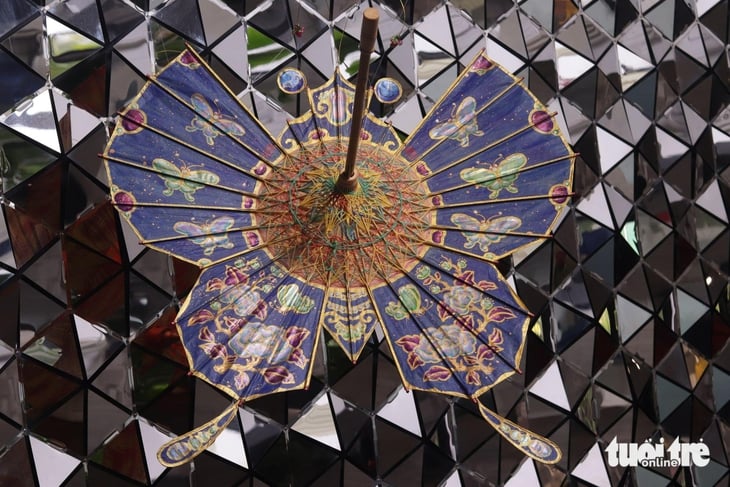
Khoa Phung combines silicate minerals to create a sparkling reflective light like jade - Photo: TRUC NHI
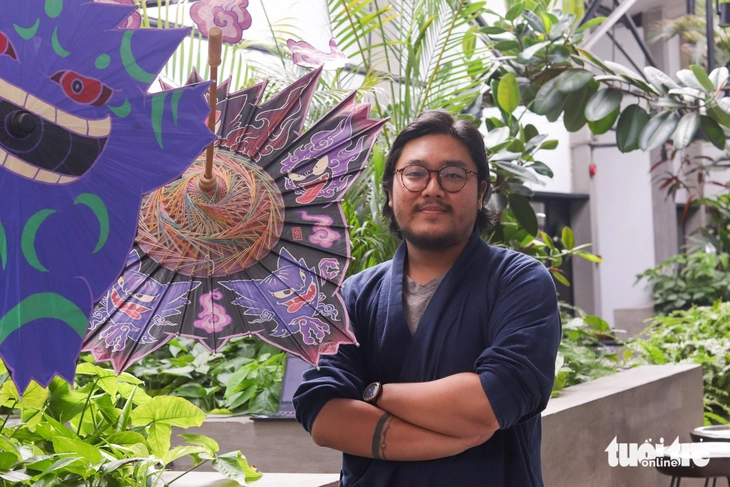
Khoa Phung with two butterfly parasols representing two different shapes of Pokémon Gengar - Photo: TRUC NHI
"We have to understand butterfly umbrellas so we can make them newer and more suitable for the times," said Khoa Phung.
If restoration is to preserve memory, then innovation is to keep heritage alive in the present. The butterfly parasols have now become a symbol of the spirit of "reviving tradition through innovation" that all three artists want to convey.
"Vietnam still has many beautiful things"
Among the three young artists participating in the exhibition "Thousands of Shapes" , Khoa Phung is the pioneer in recreating the butterfly parasol that was thought to have been lost.
Khoa's chance to come to butterfly parasols began with a drawing of a small parasol in Henri Oger's book "Techniques of the Annamites" . He said that the first time he saw the butterfly parasol, he was immediately attracted, finding it "funny and cute".
From there, Khoa decided to embark on the journey of replicating butterfly parasols. He focused on research from mid-2023, and only started making the first parasol at the end of the year.
Without any guidance or specific materials, Khoa had to figure it out on his own using the few images. In the early days, failure followed failure.
The woven string was lumpy, the paper was torn, the color was uneven, and at that time there was only one umbrella blank so Khoa had to persevere and try again and again.
"Most of the materials I use are imported from abroad, and in Vietnam it's almost impossible to find them because no one makes parasols anymore," Khoa confided.
Each delicate parasol is the result of dozens of meticulous hours. A completed one takes 10-14 days, with an elaborate process, from measuring, cutting, lining and painting.
The type of paper he chose to make the butterfly umbrella is xuyen paper, covered with a layer of tung oil on top to keep the umbrella beautiful and durable.

The butterfly parasol auctioned in France (left) and the version reconstructed by Khoa Phung - Photo: NVCC, TU THANH
After the first parasol was successful, Khoa began sharing more about the butterfly parasol on social media. Many people praised it, but some were surprised, mistakenly thinking that the butterfly parasol was a product of China or Japan.
That is what makes him even more determined to prove that Vietnamese people also have sophisticated and unique techniques. "Vietnam still has many beautiful things, not all beautiful things are foreign," Khoa Phung affirmed.
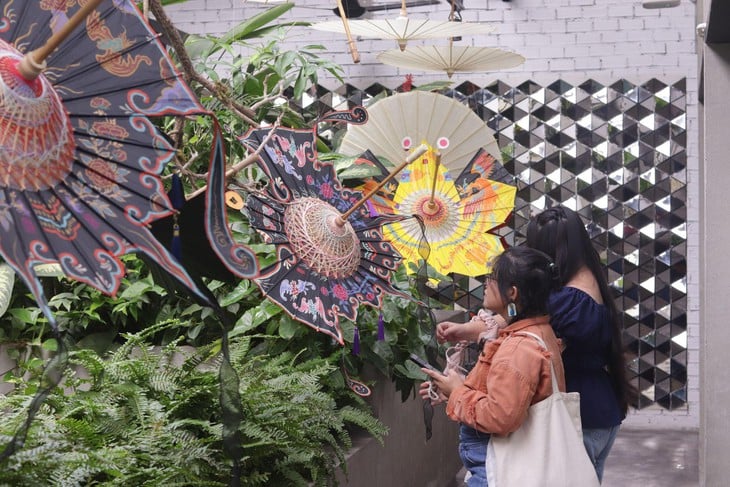
The exhibition runs until November 22 at Toong Nguyen Thi Minh Khai - Photo: TRUC NHI
Source: https://tuoitre.vn/nhung-thien-hinh-van-trang-cua-long-buom-duoi-ban-tay-nghe-si-tre-20251112000659291.htm





![[Photo] Prime Minister Pham Minh Chinh receives Lao Minister of Labor and Welfare Phosay Sayasone](https://vphoto.vietnam.vn/thumb/1200x675/vietnam/resource/IMAGE/2025/11/11/1762872028311_dsc-2246-jpg.webp)











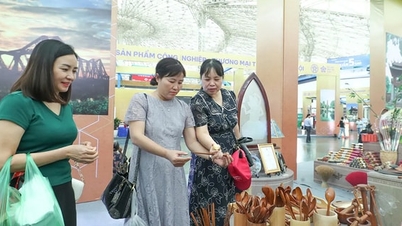


































































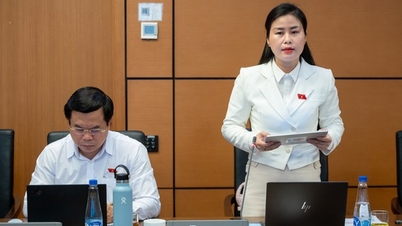
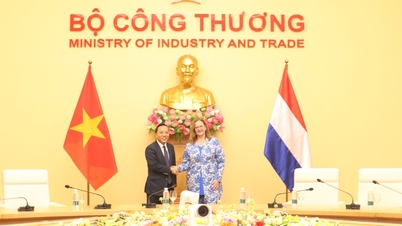

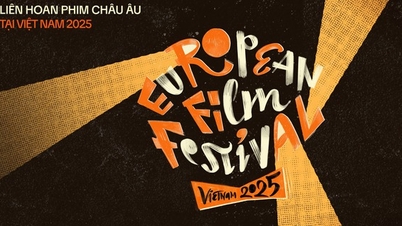















![Dong Nai OCOP transition: [Article 3] Linking tourism with OCOP product consumption](https://vphoto.vietnam.vn/thumb/402x226/vietnam/resource/IMAGE/2025/11/10/1762739199309_1324-2740-7_n-162543_981.jpeg)








Comment (0)